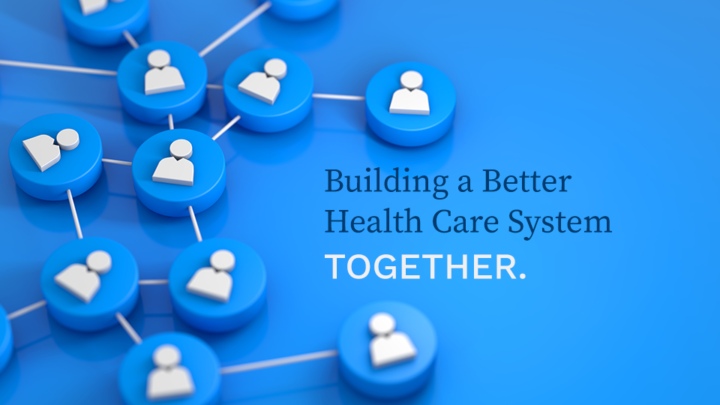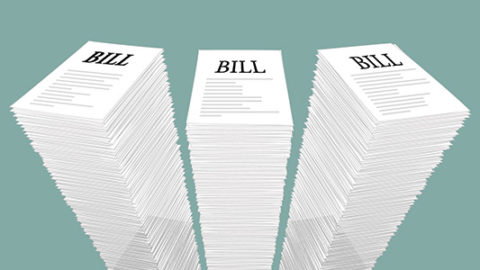COVID-19 Offers a Chance to Course Correct the Health Care Industry
AUTHORS
 Michael Thompson
Michael Thompson
President and CEO, National Alliance of Healthcare Purchaser Coalitions

President and CEO, National Alliance of Healthcare Purchaser Coalitions

TOPLINES
The COVID-19 global pandemic and resulting economic slowdown had profound impacts on many sectors, including tourism, aviation, oil, finance and health care.
In the U.S., the virus continues to take its toll; people are once again urged to get vaccinated, wear masks and take other precautions. Some companies are further delaying plans to return to the office – threatening the recovery of these markets.
In the 40 years prior to the pandemic, all these industries have experienced previous economic corrections or crises – except for health care. The word crisis originates from a Greek word meaning a point at which change must come. In that vein, recovering from the COVID-19 crisis presents an opportunity to reset and change our baseline for health care.
Health Care Has Become Unsustainable
The U.S. health care system has become unaffordable and unsustainable for the average American and the employers who provide health benefits to 60% of Americans. As we work to recover from the massive toll the pandemic has taken on our physical and financial health, we must take this opportunity to develop a more adaptable, streamlined and efficient system.
Because our health care industry has previously been insolated from economic hardship, its infrastructure has grown exponentially with little focus on productivity or quality improvements. Overhead has ballooned, and minimal constraints have been placed on pricing.
Industry consolidation has only made matters worse resulting in a concentration of economic power with no counterbalancing oversight or control. Lack of transparency and accountability, incentive misalignment and price gouging have become all too commonplace. This would be unacceptable in any other industry with functional market forces.
The Sutter Health decision offers a case study of a health system using its market power to extract favorable and indefensible contract terms from employers, employees and their families. The RAND hospital transparency study demonstrates that these pricing inequities are common place.
COVID-19 Shines a Spotlight on the Need for Change
COVID-19 has turned the health care system on its head. Capacity of the system has been strained like never before, while at the same time preventive care and screenings have decreased and virtual care has increased exponentially. The pandemic has laid bare the challenges of our health care system, while presenting opportunities to accelerate long overdue economic corrections and quality improvements.
Sustaining these critical services is essential, but we must invest more in primary care to meet the diverse needs of all Americans. We must require transparency, accountability and oversight to curb future growth in hospital spending. And we must remove barriers to sustaining the growth in virtual care options while capturing the efficiencies and standardized performance improvement opportunities virtual care offers.
At the same time, we must also invest more in the quality and capacity of mental health and addiction services and demand accountability for reducing inequities when it comes to access and care.
We have an opportunity to build back a better system together. This requires industry stakeholders, including health system administrators, policy makers and employers, to work together to build an affordable, accessible and quality health care system. Our country, our communities and our people deserve nothing less.



